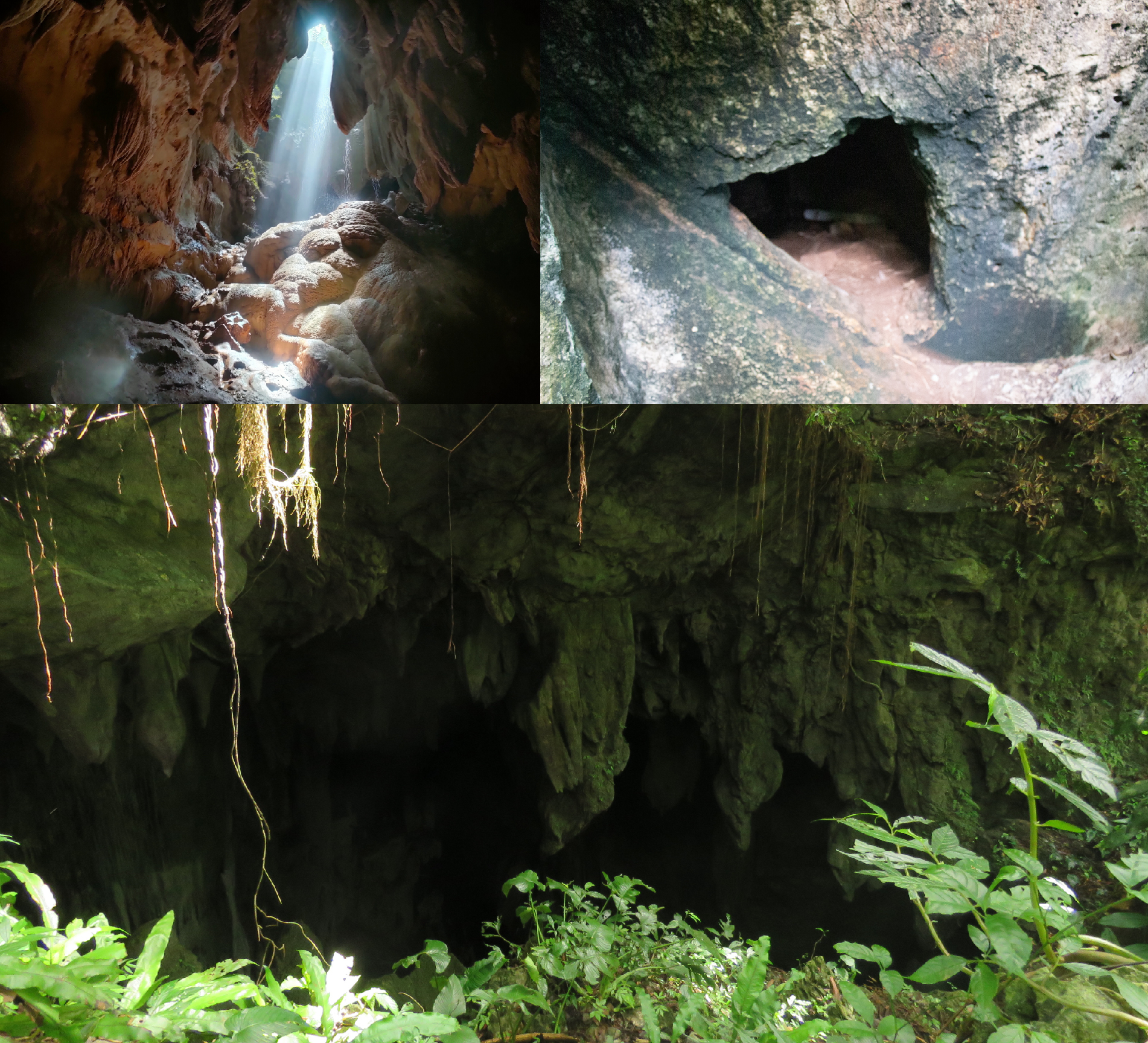
The first comprehensive research program that dealt with extensive biodiversity assessment of caves in CALABARZON has reported significant milestones—the discoveries of two insect species new to science and a plant species currently in press.
The findings are part of the Program on Niche Centers in the Regions for R&D (NICER): Center for Assessment of CaVe EcosystemS in CALABARZON (NICER-CAVES) implemented by the University of the Philippines Los Baños (UPLB). The project was funded and technically supported by the Department of Science and Technology (DOST) and the Philippine Council for Agriculture, Aquatic and Natural Resources Research and Development (DOST-PCAARRD). The program aims to establish a center for research and development on cave biodiversity assessment and conservation.
One of the newly described species is a Philippine spiny stick insect (Stenobrimus pilipinus Eusebio, Lit & Lucañas, sp. nov.), which was discovered from the forest over limestone or karst forest in the Cavinti Underground River and Cave Complex (CURCC) in Cavinti, Laguna. The species was further described to be associated with their host spikemosses (Selaginella spp.), which are abundant in karst forests.

New species distribution record for Mediterranean recluse spider (Loxosceles rufescens). (Image credit: NICER CAVES Program UPLB)
Another new insect species on record is a two-pronged bristletail (Parajapyx rarosorum Alviola, Lucañas, & Lit), which was identified in Minalokan Cave, Cavinti, Laguna. It was described as the second Parajapyx species and the first cave dipluran from the Philippines.
A new plant species of Aristolochia (in press) was also identified in Mt. Binicayan, Pamitinan Protected Landscape in Rodriguez, Rizal. It has a consistent deep three-lobed and sword-like leaf shape, brownish purple limb and purple red parts of the perianth (the non-reproductive part of a flower).
The project also found a new distribution record for the Mediterranean recluse spider (Loxosceles rufescens Dufour, 1820).
The species was identified in Kamantigue Cave in Lobo, Batangas and was further noted due to its potential public health implications. The bite of Loxosceles species can cause skin injuries in humans that may result in health complications.

Modified Cave Arthropod Light Trap was fabricated for more efficient specimen collection. (Image credit: NICER CAVES Program UPLB)
The NICER-CAVES program has also made significant contributions to entomological research through the development of a Modified Cave Arthropod Light Trap. The trap consists of a small battery-powered LED UV light strip with a collection tray allowing for a more efficient specimen collection.
The program has also developed a standard operating procedures manual for the biosafe handling of bats during caving along with a prototype of an online database and accessible library of cave organisms.
To date, the NICER-CAVES program has assessed a total of 12 cave ecosystems in Batangas, Laguna, Rizal, and Quezon. Research and documentation of the fauna, flora, terrestrial arthropods, and microbe diversity of selected caves provided benchmark information on the diversity and ecology of caves in CALABARZON.
The findings underline the need for more research in other less studied and highly threatened cave ecosystems in the Philippines and further ignite the call for a more strengthened conservation efforts for biodiversity in the country.


